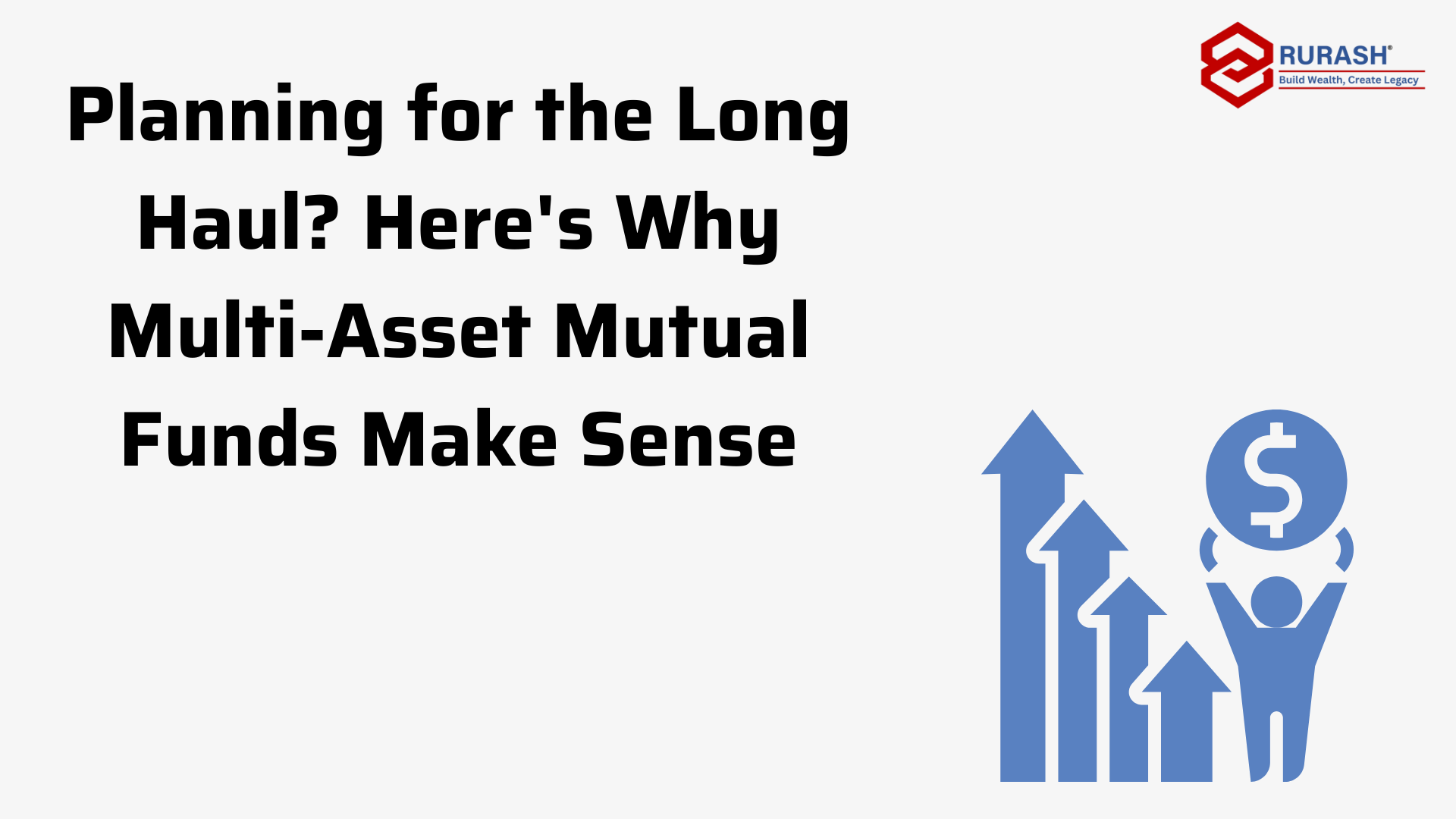Imagine tuning into your favourite online show and getting stuck with a single bar of Wi-Fi. Frustrating, right? A similar logic applies to your investment strategy. Relying on just one asset class might work temporarily, but for a strong, stable portfolio, you need multiple ‘signal bars’, or in this case, asset classes, working together. This is where multi-asset investing enters the picture. Instead of banking solely on equities or fixed income, a multi-asset approach spreads your investments across various categories such as equity, debt, and commodities like gold or silver. The goal? Balance. And not just the kind that protects you during downturns, but one that positions you for long-term wealth creation.
One of the simplest ways to implement a multi-asset investing strategy is through multi-asset mutual funds. To understand this better, let’s first take a step back and look at the broader concept of mutual funds, which form the foundation of many multi-asset strategies. A mutual fund collates money from several investors and invests it in a diversified mix of securities such as stocks, bonds, or other assets. These are managed by professional fund managers who make strategic decisions aligned with the fund’s objectives, such as growth, income, or capital preservation. Mutual funds make it easier for everyday investors to participate in the market without needing to research and manage individual securities.
What Makes Multi-Asset Mutual Funds Different?
Multi-asset mutual funds take the benefits of mutual fund investing a step further. As the name suggests, these funds spread investments across various asset classes, typically equities, debt, and commodities like gold. Some might even include alternative instruments like real estate or international assets. Building a multi-asset portfolio independently can be daunting. Choosing the right mix of equity, debt, and other instruments, tracking market cycles, and rebalancing based on market conditions is easier said than done. That’s where multiasset mutual funds come in handy. They simplify this complex process by offering pre-packaged diversification, actively managed by experts. Multi-asset mutual funds provide several benefits for long-term investors, primarily through built-in diversification. This reduces risk by dividing investments across different asset classes, leading to more stable returns and lower volatility. Additionally, these funds benefit from professional management, as fund managers actively adjust the asset mix based on market trends.
They are also accessible and cost-effective, allowing investors to gain exposure to various assets without the complexities of managing them individually. Overall, multi-asset mutual funds are versatile tools for achieving diverse long-term financial goals. Whether multi-asset mutual funds are right for you depends on your financial goals and risk appetite. They are ideal for investors seeking balanced growth, reduced volatility, and a hands-off approach to diversification. If you’re a first-time or moderate-risk investor, these funds offer a simple, well-managed way to build long-term wealth. However, they may underperform pure equity funds during strong market rallies. So, if your focus is aggressive, short-term gains, a single-asset strategy might be more suitable. For most retail investors, though, multi-asset mutual funds offer a smart and stable investment option.
Conclusion
Thus, a multi-asset approach offers a thoughtful, measured way to participate in market growth while managing risk. In an age where economic landscapes shift quickly, from interest rate hikes to global uncertainties, having all your eggs in one basket simply doesn’t cut it. Multi-asset investing allows you to build a portfolio that can weather different market conditions, harness opportunities across sectors, and ultimately, work smarter, not just harder, for your financial future.

